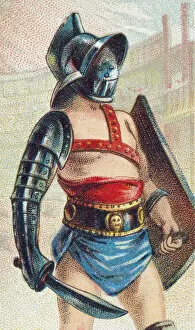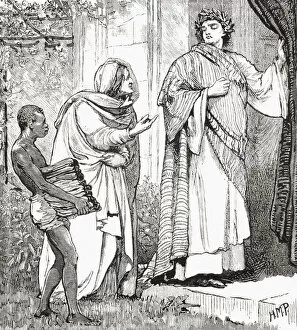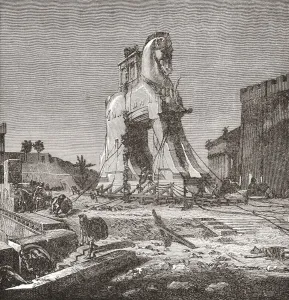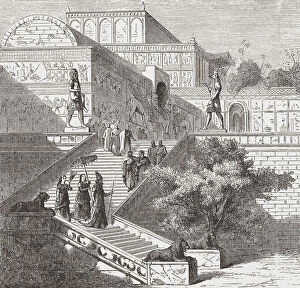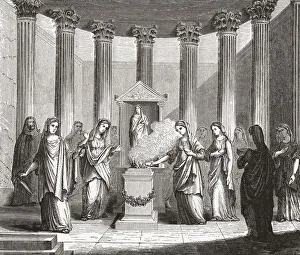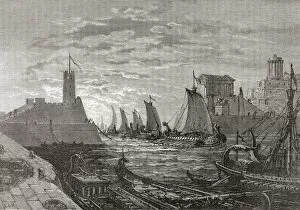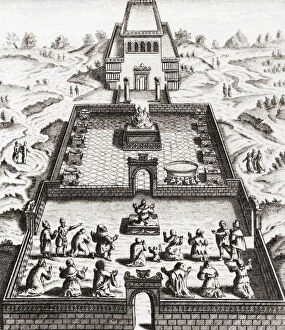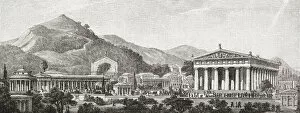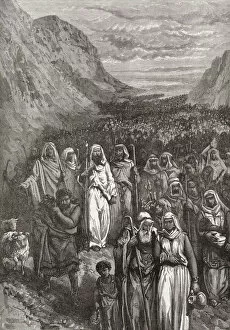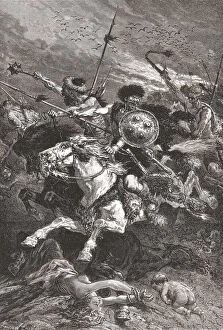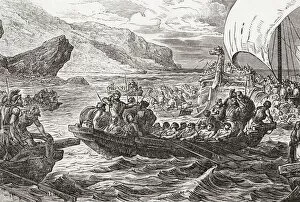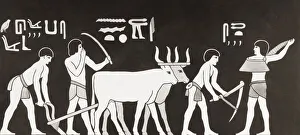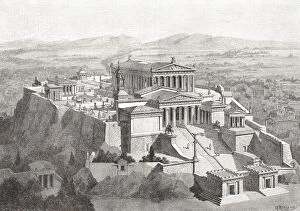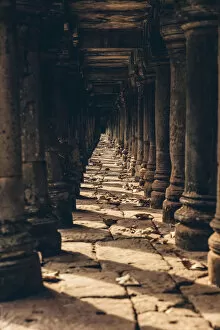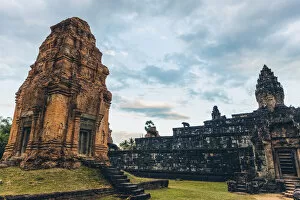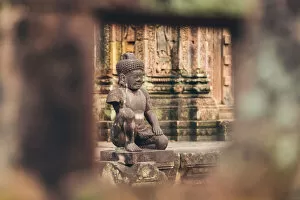Civilizations Collection (page 3)
"Civilizations: A Journey Through Time" Step into the captivating world of civilizations, where history comes alive through illustrations and artifacts
All Professionally Made to Order for Quick Shipping
"Civilizations: A Journey Through Time" Step into the captivating world of civilizations, where history comes alive through illustrations and artifacts. Travel back to ancient times as you gaze upon an Aztec apprentice warrior, his loincloth-clad figure exuding strength and determination. With a spear-thrower (Atlatl) in hand and oak darts adorned with stone points, he embodies the spirit of a fierce civilization. Mesolithic man beckons you next, gathering around a crackling fire with family groups. Witness their ingenuity as they construct dwellings, forging bonds that would shape the foundations of society. Marvel at the Chryselephantine statue of Zeus, crafted by Phidias in 471 BC within the temple of Olympia. This masterpiece stands as a testament to human artistry and devotion to deities. Venture further into ancient Egypt where trepanation was practiced—an eerie representation etched in history. Explore this enigmatic culture's medical practices alongside bronze surgical instruments that highlight their advanced knowledge. In Bolivia's Tiwanaku Site, remnants tell tales of an empire long forgotten—a testament to its grandeur and architectural prowess that once dominated South America's landscape. Witness an Egyptian woman immersed in her devotions; her serene expression reflects the deep spirituality ingrained within this ancient civilization's daily life. Behold the majestic Lighthouse of Alexandria standing tall amidst bustling port city streets—a beacon guiding ships home for centuries until its eventual demise. Delve into political turmoil as Nebuchadnezzar II besieges Tyre from 586-573 BC—history unfolds before your eyes through intricate engravings capturing moments frozen in time. Experience intrigue and drama surrounding Sennacherib's assassination—the fall of an Assyrian king shrouded in mystery yet forever etched onto historical records. Finally, step inside a Greek house—an intimate glimpse into everyday life during antiquity—where stories were shared, meals were enjoyed, and the essence of civilization thrived.



